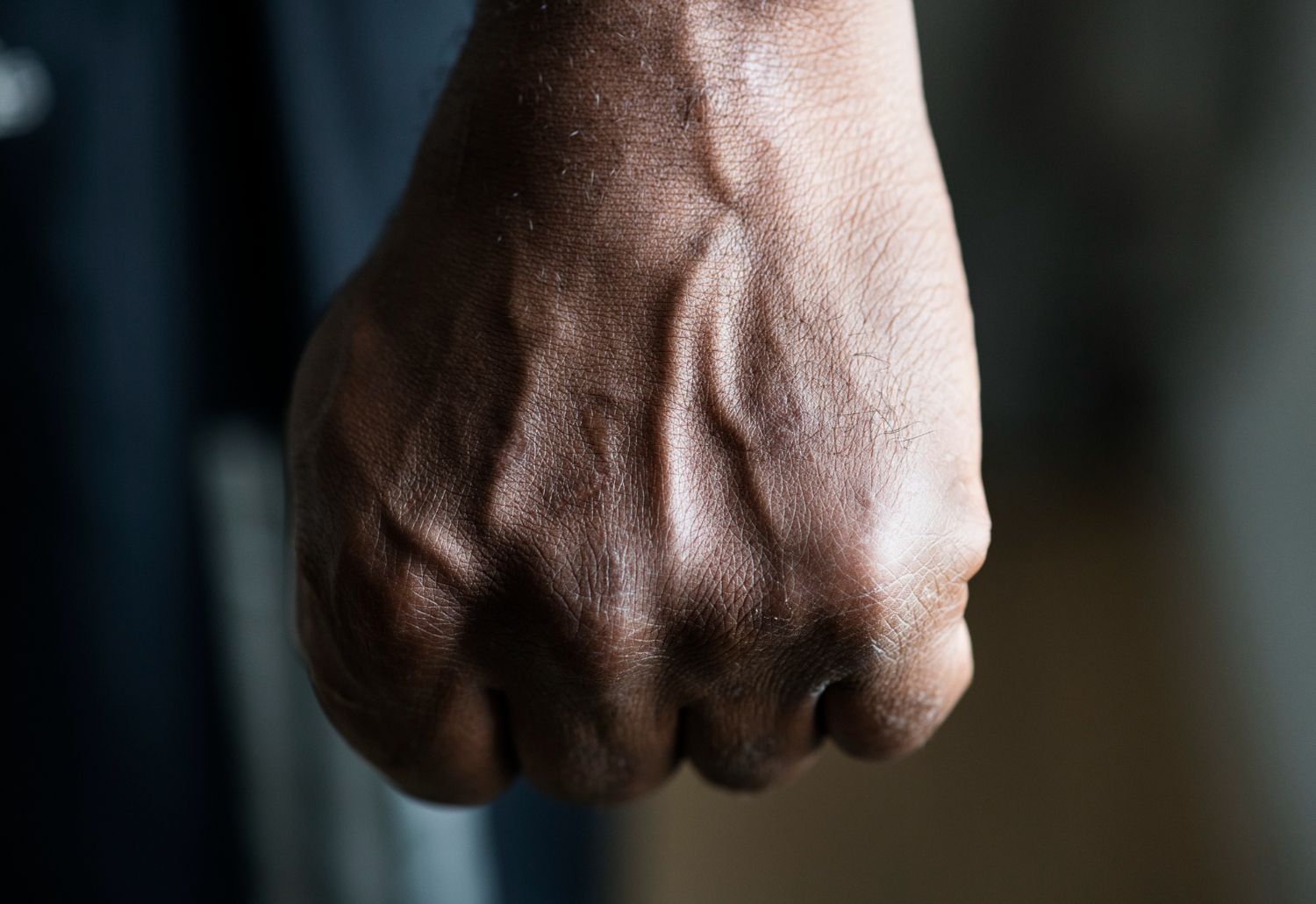Will Sleep Training Harm My Baby’s Future Mental Health
As a parent of an infant, you may ask yourself…
How can I get my baby sleep through the night?
What is “sleep training” and does it actually work?
Will sleep training harm my baby’s future mental health?
In this article, we’ll share infant sleep training methods and what current research says about your baby’s future mental health.
If you are the parent of an infant, you’re may be familiar with the controversial topic of sleep training. Those who advocate for sleep training methods swear they help their infants become champion sleepers. Those in opposition claim sleep training methods like “cry it out” may cause permanent emotional damage to children.
So, what is sleep training? And what does current research say about its long-term effects? This article looks at popular sleep training techniques and examines the current research related to future mental health.
What Is Infant Sleep Training?
Infant sleep training is exactly that – training an infant to sleep. You may ask yourself why it’s necessary to teach a baby to sleep at all. Don’t babies just sleep when they’re tired? Well, y es and no.
Young babies require a lot of sleep. The average newborn (0-15 weeks) sleeps approximately 18 hours a day. In the earliest days of life, newborns alternate between sleep and brief periods of being awake. Babies do not develop a circadian rhythm until between 1 and 3 months of age. And even then, many babies will not have a regular sleep pattern until much later.
So, while it’s true that babies sleep when tired, they aren’t very skilled at sleeping on a schedule.
Why Do Babies Need to Learn to Sleep?
To answer this question, we first want to understand sleep cycles and how they differ between infants and adults.
Adults : The average sleep cycle lasts 90 minutes. Most adults need between 4 and 5 sleep cycles for adequate rest.
Newborns : Newborn sleep cycles last about 40 minutes. Infants sleep in short bursts of 2-3 hours each, totaling between 14 and 17 hours in a 24-hour period.
When adults finish a sleep cycle, they may wake briefly. But these wake times are so short and uneventful that most of us don’t remember them. And because we know how to fall asleep on our own, short wake times don’t interfere with our sleep.
Infants Can’t Easily Link Sleep Cycles
On the other hand, infants are not usually able to link sleep cycles on their own. This means, when they’re near the end of a sleep cycle, they may wake up but be unable to fall back asleep without help.
The goal of sleep training is twofold:
1) To teach a baby to fall asleep on their own at bedtime. This means without using sleep props such as rocking, feeding, a pacifier, placing on a running clothes dryer, or driving in the car.
2) To teach a baby to go back to sleep independently upon waking at the end of a sleep cycle.
What Are Some Popular Sleep Training Methods?
Sleep training isn’t a one-size-fits-all approach. Families may find that one sleep training style is preferred over another for their unique situation. Here’s an overview of the most popular sleep training methods:
Cry It Out: This method involves putting the baby to bed after a brief nighttime routine. If the baby cries, the parents don’t respond. Eventually, the baby will learn to fall asleep on their own. Critics call the method cruel and believe it will lead to emotional damage in infants. However, there is no evidence supporting this theory. Parents who use this method often report fast improvement, with the baby learning to fall asleep on their own within days. The hardest part is on the parents to allow their baby to cry.
Ferber Method : This method is considered gentler than Cry It Out. It was invented by physician and sleep researcher Richard Ferber. It allows children to cry for a set period before parents perform a check-in where they may soothe the baby, if necessary. The length between check-ins gradually gets longer until the baby falls asleep. Although this method can take longer than Cry It Out, many parents feel more comfortable with this gentler approach.
Chair Method : When sleep training begins, the parent places a chair beside the crib and sits with the baby until they fall asleep. Each night, the parent gradually moves the chair closer and closer to the door until the baby can fall asleep independently. Although this method may take longer to see results, many parents like it because it teaches sleep skills with minimal crying.
What Does the Research Say?
A randomized trial published in 2012 examined the long-term positive and negative effects of sleep training on children. The researchers looked at the following outcomes in a group of 326 children:
- Child mental health, sleep, psychosocial functioning, and stress regulation
- Child-parent relationship
- Maternal mental health and parenting styles
The study found that sleep training techniques had no long-lasting effects, either positive or negative.
Author and economics professor Emily Oster explores sleep training in her book, Cribsheet. She discusses a 2006 meta-analysis of 19 studies examining the Cry It Out method. Of these, 17 showed improvements in infant sleep patterns. According to Oster, another 14 studies examining the Ferber Method also showed improvements.
Critics of these methods might suggest that sleep-trained infants haven’t learned to sleep but have accepted that their caregivers aren’t coming. In short – they give up.
But the research doesn’t support this theory.
A 2004 representative study from Sweden asked if sleep-trained infants were less attached to their parents during the day due to the Cry It Out technique. As defined by the Flint Infant Security scale , the study found that infant attachment actually increased following training.
Parents also reported better sleep quality, improved daytime behavior in children, and increased family well-being.
Sleep Training Reduces Maternal Depression
One of the greatest benefits of sleep training reported in the literature is that mothers of sleep-trained babies are less likely to be depressed. And a happier mother almost certainly leads to a happier household overall.
Sleep Training: Harmful or Not?
Does sleep training cause long-term mental health damage or damage to the parent-child relationship? According to the evidence, most likely not. In fact, an abundance of evidence suggests that sleep training is beneficial not only for babies but for mothers too. Some families report their children who were sleep trained as infants grew up to become independent and confident young adults with healthy and happy relationships with their parents. Whether it is due to their sleep training as infants is unknown.
See also our article about Structure and consistency in parenting.
CONTACT CREATIVE COUNSELING CENTER
If you are a new parent in need of support, we can help. Some of our therapists provide parent coaching to help you navigate life with your new baby or even life with your toddler or adolescent. We offer a free phone consultation to help partner you with the therapist best suited for your circumstance. To request a free phone consultation, simply complete the brief from below. A member of our team will contact you. If our practice is not a good fit, for whatever reason, we’re happy to offer recommendations to providers in the Denver metro area. We look forward to hearing from you!
Contact Us
We will get back to you as soon as possible.
Please try again later.

ABOUT THE AUTHOR
Teri Karjala is a Licensed Professional Counselor & Marriage and Family Therapist. She is the founder and Executive Director of Creative Counseling Center, LLC. Working in the field since 1999, Teri and her team of therapists specializes in counseling for those who have experienced trauma. They work with children as young as age 2, as well as teens and adolescents, adults, seniors, families, and couples.
REQUEST A FREE CONSULTATION
If you have questions about counseling, would like to find out if counseling could help you or a loved one, or are interested in learning more about our services, just complete the brief form below to request a Free Phone Consultation. A member of our team will contact you shortly. After a brief conversation, we'll determine together whether our practice is right for you and which therapist may be best suited for your specific circumstance.
Finding the right therapist, one you click with, is less about the therapist's experience and qualifications and more about the therapist's personality. So let's talk. Let us match you with a therapist you have a high likelihood of clicking with.
Fields marked with an * are required.
Contact Us
We will get back to you as soon as possible.
Please try again later.
GET SOCIAL WITH US
CONNECT WITH US
PHONE
EMAIL US
ADDRESS
6021 South Syracuse Way, Suite #216
Greenwood Village, CO 80111
OFFICE HOURS
Monday-Thursday: 8:30am-8pm
Friday: 12pm-5pm
Saturday: 12pm-4pm



